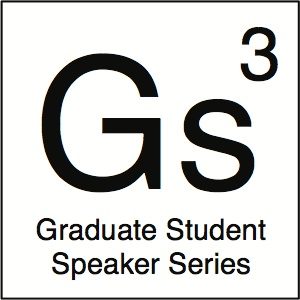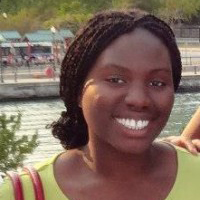 |
Adebola Adeniran
Chemical Engineering |
Have you ever thought of using yeast cells as a medical diagnosic? Adebola’s research focuses on training yeast cells to sense urinary proteins and then change color when a certain protein is present. She is particularly interested in detecting a urinary protein that indicates how well kidneys are functioning. |
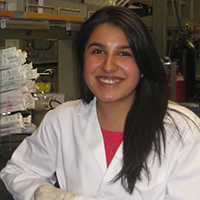 |
Jessica Perez
Chemical Engineering |
Synthetic biology is an emerging field dedicated to designing biological systems to have new functions such as producing therapeutic drugs and biofuels. In Jessica’s presentations you will learn the most exciting discoveries in this field and be introduced to a genetic engineering card game and other NGSS-compliant synthetic biology lesson plans. |
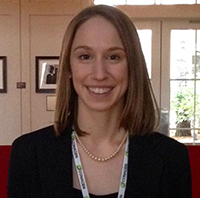 |
Jessica Stark
Chemical Engineering |
Proteins are the workhorses of cells, and can have many diverse functions. In some cases, proteins gain new functions through chemical changes called post-translational modifications (PTM). Jessica will introduce several types of PTMs, learn how they differ in terms of their chemistries and how they impact protein function, and introduce a hands-on, inquiry-based activity to identify mystery PTMs. |
 |
Nick Thornburg
Chemical Engineering |
Catalysts are advanced materials that accelerate chemical reactions without themselves being consumed, playing a central role in >90% of chemical manufacturing processes. Nick’s presentations will highlight current research in catalysis and classroom demonstrations for introducing basic catalyst concepts for introductory or advanced chemistry courses. |
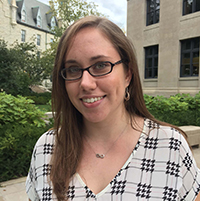 |
Victoria Weidner
Chemistry |
Vicki’s research involves making catalysts – complexes that chemists use to make reactions proceed faster and more efficiently. She is using lanthanide metals to replace expensive platinum-type metals for making small molecules that are relevant to drug synthesis. |
 |
Bernard Beckerman
Materials Science |
On the ingredients list of the human body, the first two words are water and protein. To learn how humans are different from a cup of water, Bernard’s presentations will merge physics, chemistry, biology, and computation to explore what proteins are, and what happens when we mess with them. |
 |
Fernando Castro
Materials Science |
Lithium-ion batteries are commonplace in today’s electronics, but there is still a lot of room for improvement. Fernando’s research focuses on studying the structure-property relationships in new conversion reaction battery materials that could lead to high-performance batteries for use in future applications, like renewable energy storage. |
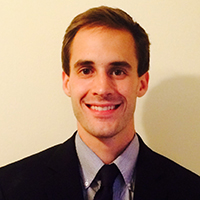 |
Matt Peters
Materials Science |
Despite being one of the first sciences studied, materials science is often overshadowed by more popular fields, leaving many unaware of its existence. During Matt’s talks, you will learn about the fascinating world of new materials, and how this field has helped define both the world we walk on and what we put in our mouths. |
 |
Jessica Lenoir
Molecular Biology |
During viral infections, cells mount and manage an inflammatory response (similar to a burglar alarm) that helps recruit additional proteins to fight off the infection. Jessica’s research studies the management of the antiviral response by cells and how protein-protein interactions can lead to new therapeutics for viral infections and autoimmune diseases such as lupus (SLE) and type I diabetes. |
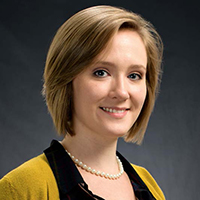 |
Saoirse McSharry
Molecular Biology |
The many tubes inside of human bodies carry out critical processes like nutrient uptake and gas exchange. If these tubes aren’t the right sizes, however, serious diseases can result. Using the fruit fly, Saoirse studies how the sizes of these tubes are regulated by genetics and protein dynamics. |
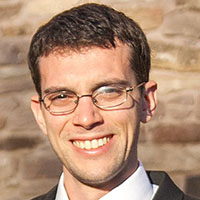 |
Peter Ashton
Physics and Astronomy |
Interstellar dust is the catalyst for chemistry in space, the material from which stars and planets are formed, and (frustratingly) a significant impediment to observing the distant universe. Peter’s research aims to put observational constraints on dust properties by building and using data from high-altitude balloon-borne telescopes. |
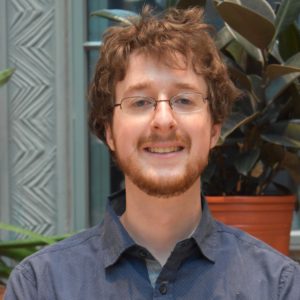 |
Zachary Hafen
Physics and Astronomy |
Zach researches the universe by making “virtual galaxies”: computer-simulated galaxies that look and act like real galaxies. He shares with teachers how virtual galaxies extend our reach into space, and brings the essence of simulation-based research into the classroom via hands-on demos. |
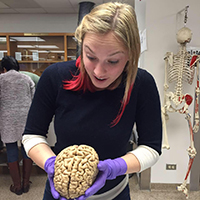 |
Sadie Witkowski
Psychology |
Sadie is fascinated by how memories are strengthened and changed during sleep. Her primary focus is on how humans can use sleep to make our memories easier to recall and more accurate. She is constantly looking to investigate how sleep alters many of humanity’s physical functions and mental experiences in all sorts of contexts. |


